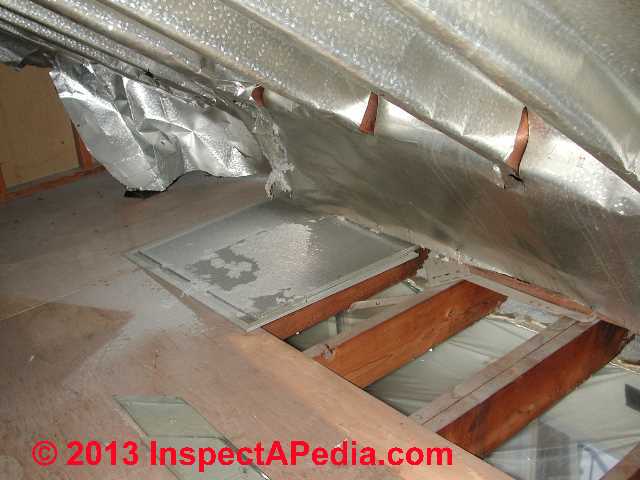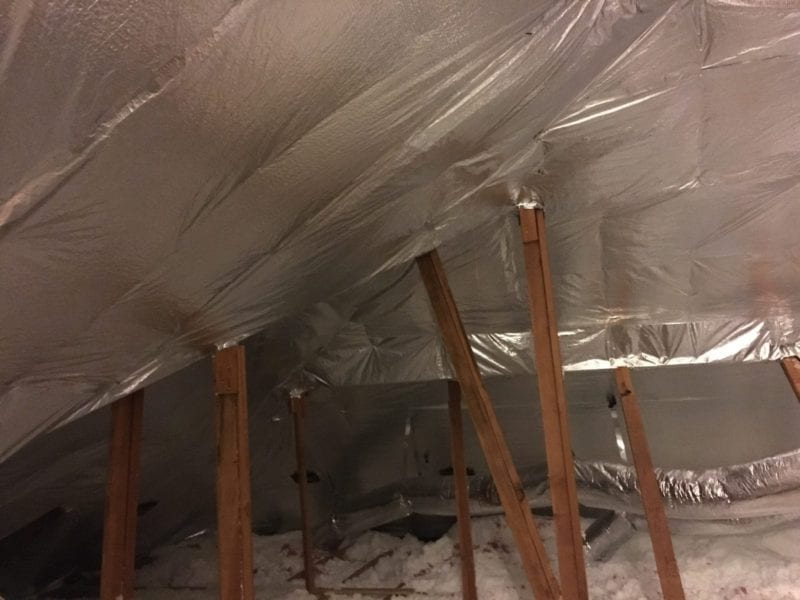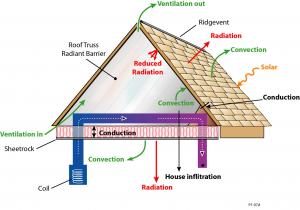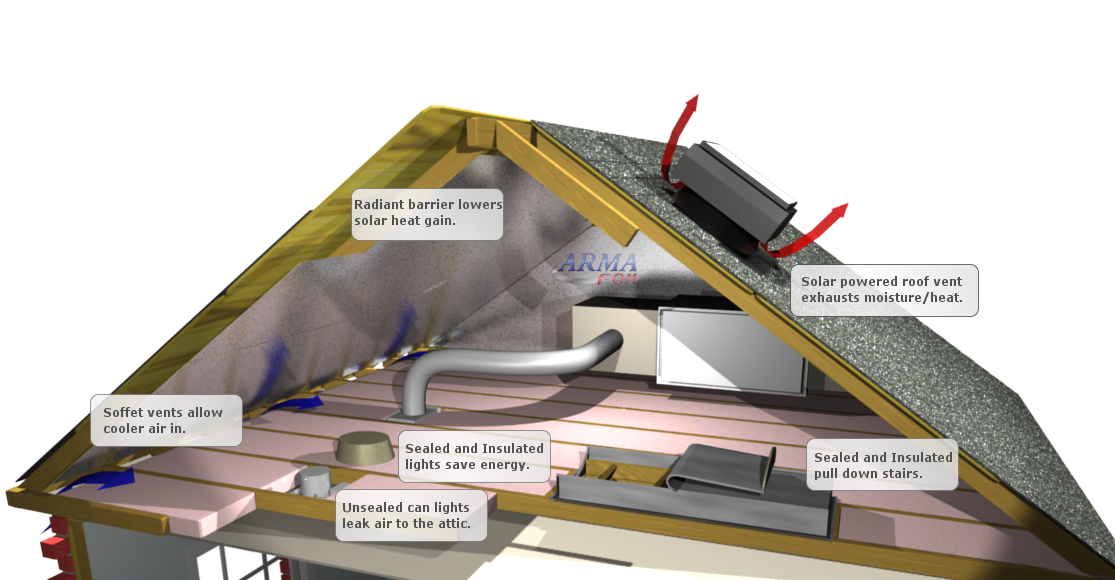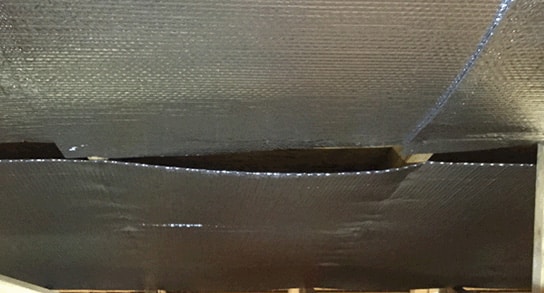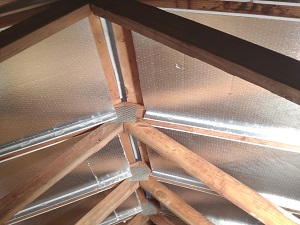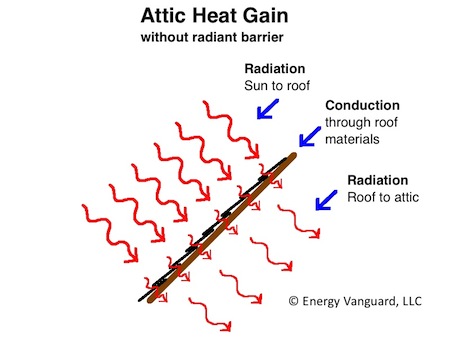To understand this better consider a room with one light source in the form of an unshaded light bulb hanging in the middle of the room.
Radiant barrier with attic fan heat damage.
Radiant barrier is a home insulation type that is focused on reducing summer heat gain.
The roof still is gaining and loosing heat.
This prevents air dust movement from living space to attic.
An attic radiant barrier is made of a highly reflective material mounted on one or both sides of a substrate.
Radiant barriers are installed in homes usually in attics primarily to reduce summer heat gain and reduce cooling costs.
Radiant barriers are utilized to reduce summer heat gain in attics.
According to the department of energy installing radiant barrier on the floor of the attic can cause problems.
Damp insulation may support mold growth and eventually will lose some of its r value.
Attics heat up when the sun s radiant energy heats the shingles and the heat is transferred to the interior attic space through the roofing materials via conduction.
If the radiant barrier was not there the sun would heat the roofing materials and the heat transfer would occur into the air of the attic.
A radiant barrier in the attic helps prevent the electromagnetic transfer of heat such as from the photons in sunlight.
Unlike traditional thick layers of insulation radiant barrier is a thin reflective material.
Radiant barriers may increase the temperature of your exterior roofline on a hot summer day by 2 to 5 as it reflects the sun s rays from entering into the attic but it will not cook your shingles.
The barriers consist of a highly reflective material that reflects radiant heat rather than absorbing it.
If you re searching for does attic radiant barrier work or is radiant barrier worth it this article will help.
Powered attic ventilators are the worst way to try to keep your attic cool.
It may be an easier way to install radiant barrier but it can trap moisture between itself and the attic floor and cause the insulation to become damp.
Radiant barriers are fine but why not just stop the heat on the side of the roof where it first enters.
But still the heat is already in the roof.
They don t however reduce heat conduction like thermal insulation materials.
Seal off any air leaks at the ceiling.
I believe the best solution may be a combination of radiant barrier to stop the sun s heat from warming up the attic structure to begin with along with proper ventilation attic exhaust fan s insulation and air sealing.
The radiant barrier is basically just directing the same amount of heat away from the attic and the attic insulation.



